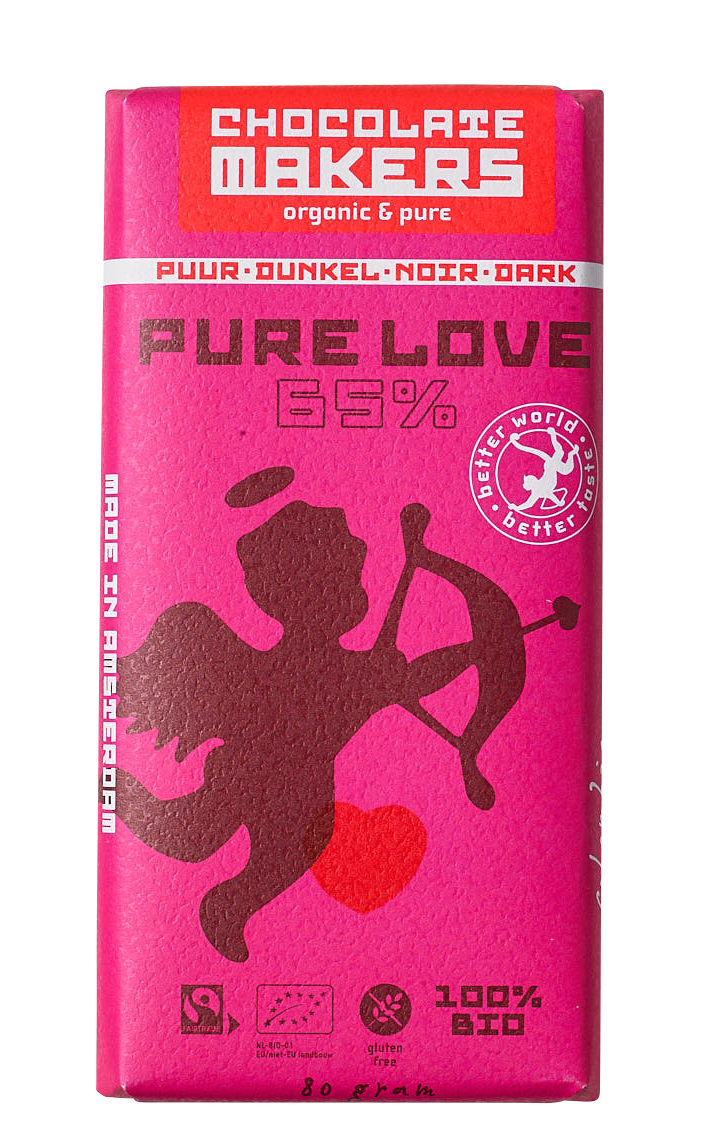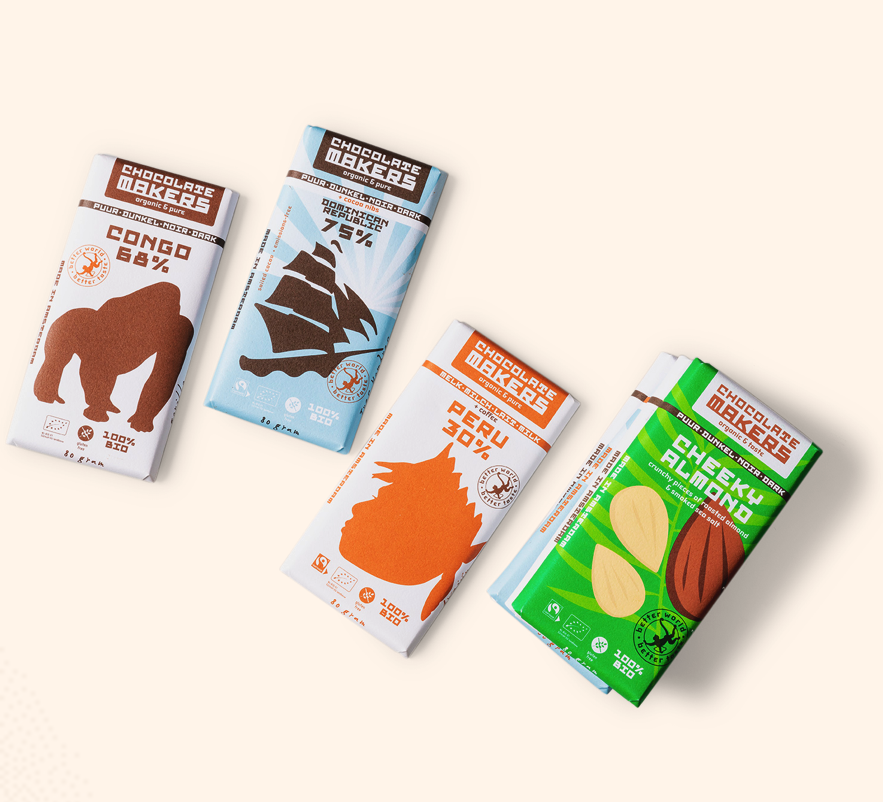Bean to bar
Actually, we should say tree to bar. We work directly with the farmers' cooperatives in all our origins and are involved with our cocoa from the moment the bean is still on the tree. The terroir, the climate and the way of harvesting, fermenting and drying all have a huge impact on the taste of the chocolate. And for us, it's all about the perfect taste.
"Our mission: heavenly taste thanks to a sustainable cocoa chain".
From bean...
Cocoa trees love heat and humidity but hate wind and too much sunlight. That is why you will only find cocoa plantations around the equator in tropical forest areas. Moreover, the spider monkey that lives in these regions is mainly responsible for breaking open the fruit and spreading its' seeds. The flavour, quality and character of the cocoa bean depend on the terroir: the soil in which they are rooted, the sunlight, the humidity, the climate and, above all, the craftsmanship of the cocoa farmer.
The cocoa bean is actually the seed of the cocoa fruit. You cannot yet make chocolate from raw cacao. In order to do this, the cocoa bean must first be fermented. This involves putting the fresh cocoa beans - which are still white - into wooden crates for five to six days (box fermentation) or wrapping them in banana leaves (heap fermentation).
In the first 24 hours, the white pulp of the cocoa fruit is converted into alcohol. Then the cocoa beans are shuffled, oxygen is added and the alcohol is converted into acids. You have to give the acids time to soak into the raw cocoa, because only then will the beans get a real chocolate flavour. In these few days, the cocoa beans get their brown colour. After fermentation, the fermented cocoa must dry for another two to three weeks. Since this has a huge influence on the taste, so we take our time.
... to bar
The cocoa beans from the Dominican Republic and Colombia travel solely on wind power (with no CO2 emissions!) for four months on the sailing ship Tres Hombres to Amsterdam.
After cleaning the cocoa beans, we roast the whole bean for an hour at 120-140ºC. We then crack the beans and the inside of the bean, the cocoa nib, is finely ground. In the chocolate chamber, the cocoa nibs are ground into a cocoa mass. We take our time for the fine grinding and rolling, usually around three days. From the storage tanks, the chocolate is pumped into the moulding machine. During the moulding process, the chocolate goes through a specific temperature curve which gives it the right structure (called tempering).
We transport within Amsterdam with electric cargo bikes from Foodlogica. Every six months is the Schokofahrt, when the bars are transported to Germany, also by cargo bike!





